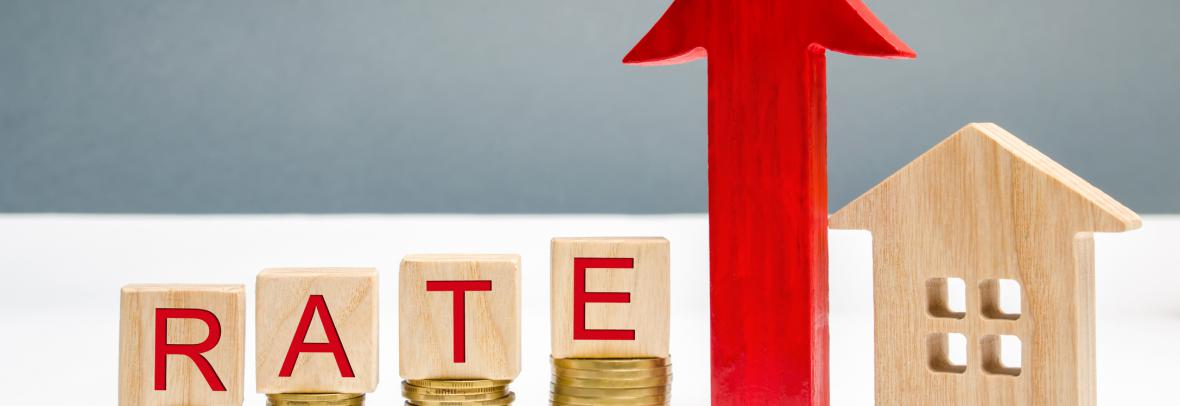
Mortgage Rates Rise Ever Higher, Hit 7.79%
The average for a 30-year, fixed-rate loan moved higher for the seventh week in a row. Last week it averaged 7.63%; a year ago, it was 7.08%.
NEW YORK (AP) – The average rate on the benchmark 30-year home loan rose for the seventh straight week, creating an increasingly high bar to homeownership for Americans.
The rate on the 30-year fixed mortgage is at 7.79%, up from 7.63% last week, Freddie Mac said Thursday. A year ago the rate was 7.08%.
As mortgage rates rise, they can add hundreds of dollars a month in costs for borrowers, limiting how much they can afford in a market already out of reach for many Americans. They also discourage homeowners who locked in far low rates two years ago, when they were around 3%, from selling.
The national median mortgage payment was $2,155 in September, up 11%, or $214, from a year ago, according to the Mortgage Bankers Association.
Sales of previously occupied U.S. homes in September fell for the fourth month in a row, grinding to their slowest pace in more than a decade.
The rate on the 15-year loan rose to 7.03% from 6.92%. A year ago the rate on the loan, which is popular with homeowners their home loan, was at 6.36%.
“Purchase activity has slowed to a virtual standstill, affordability remains a significant hurdle for many and the only way to address it is lower rates and greater inventory,” said Freddie Mac chief economist Sam Khater.
The high rates are limiting applications for new mortgages. Wednesday the Mortgage Bankers Association reported that applications for new loans dipped to the slowest weekly pace since 1995. Meanwhile, the share of applications for adjustable rate mortgages rose to 9.5%, the higher since November.
The soaring cost of borrowing money for a home has skewed the U.S. housing market. Millions of people who locked in mortgages at this time two years ago at 3% or below cannot afford to or refuse to move, due to the comparative cost of financing a home today.
Last week, the National Association of Realtors reported that sales of existing homes not only fell for the fourth consecutive month, but the pace of sales has ground to the slowest pace in more than a decade.
At the same time the pace of new home sales continue to astound economists for the opposite reason. New home sales in last month jumped to 759,000, about 79,000 more than had been expected with prospective buyer flooding the only market where homes are available – those that were just built.
“Homebuilders are offering buyers interest rate buydown incentives that funnel demand into the newly-built segment,” said Bill Adams, chief economist at Comerica. “They are also shrinking floorplans to boost affordability.”
Adams says home builders are the “surprise winner” of attempts by the Federal Reserve to cool inflation through interest rate hikes.
Mortgage rates have been climbing along with the 10-year Treasury yield, which lenders use as a guide to pricing loans. Investors’ expectations for future inflation, global demand for U.S. Treasurys and what the Fed does with interest rates can influence rates on home loans.
The threat of higher rates for longer pushed Treasury yields this week to their highest levels in more than a decade. The 10-year Treasury yield hit 5% earlier this week and was at 4.89% in midday trading Thursday. It was at roughly 3.50% in May and just 0.50% early in the pandemic.
Copyright 2023 The Associated Press. All rights reserved. This material may not be published, broadcast, rewritten or redistributed without permission.
